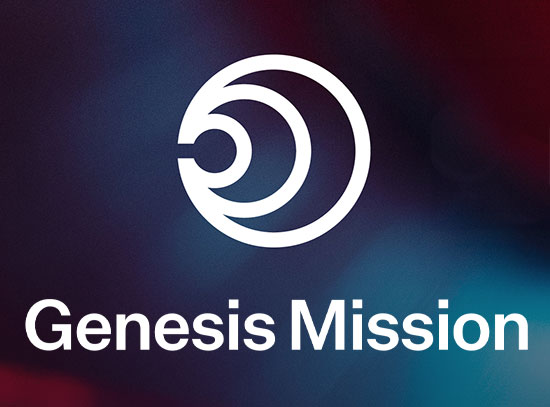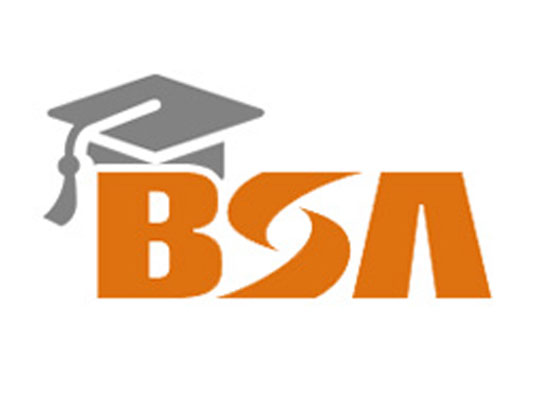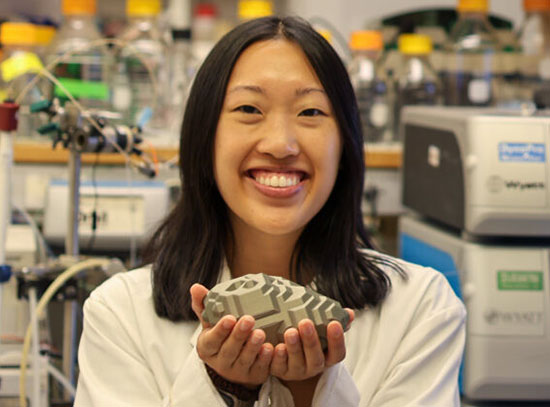Developing the Next Generation of Particle Accelerator Talent
November 29, 2021
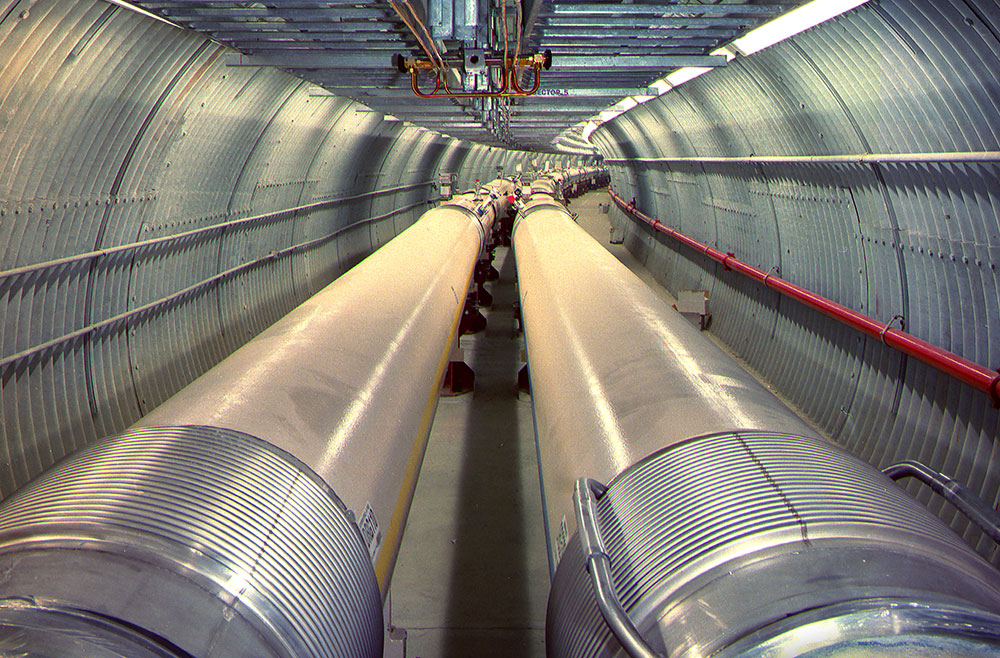 enlarge
enlarge
At Brookhaven National Lab's Relativistic Heavy Ion Collider (RHIC), physicists from around the world study what the universe may have looked like moments after its creation, from the smallest subatomic particles to the largest stars.
The following story, originally posted by Stony Brook University (SBU), describes a new accelerator science and engineering training program established by SBU in collaboration with the U.S. Department of Energy’s (DOE) Brookhaven National Laboratory, DOE’s Fermi National Accelerator Laboratory, and Cornell University. The new program is named after renowned accelerator physicist Ernest Courant, a long-time physicist at Brookhaven Lab who laid the foundation of modern accelerator science.
Stony Brook University, in collaboration with Brookhaven National Laboratory (BNL), Cornell University (CU) and FERMI National Accelerator Laboratory (FNAL), has established the Ernest Courant Traineeship in Accelerator Science & Engineering. The program is supported by a $2.9 million, five-year grant from the High Energy Office of the U.S. Department of Energy (DOE).
The new program is named after renowned accelerator physicist Ernest Courant who, as a long-time physicist at BNL, laid the foundation of modern accelerator science. Courant also taught for 20 years as an adjunct professor at Stony Brook. The traineeship is offered through the Center for Accelerator Physics and Education (CASE).
CASE is a joint center between BNL and Stony Brook, with three main goals of training scientists and engineers with the aim of advancing the field of accelerator science, developing a unique educational program that will provide broad access to research accelerators, and expanding interdisciplinary research and education programs utilizing accelerators.
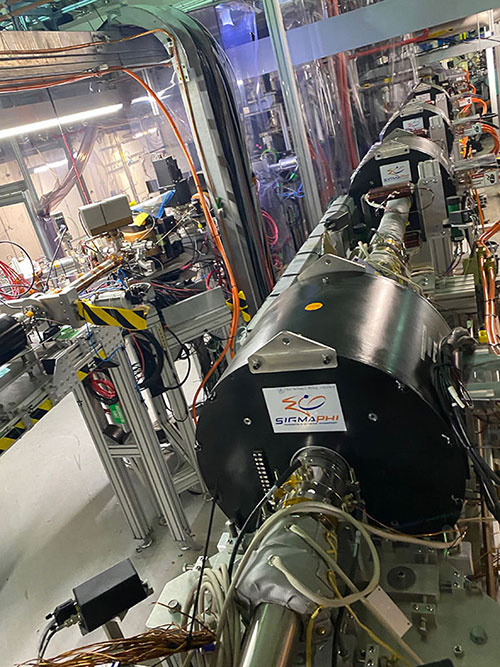 enlarge
enlarge
The Coherent Electron Cooler at the Relativistic Heavy Ion Collider (RHIC) at Brookhaven National Laboratory. Cooling intense high-energy hadron beams remains a major challenge in modern accelerator physics.
CASE focuses on four specific areas identified by the DOE as “mission critical workforce needs in accelerator science and engineering”: physics of large accelerators and systems engineering; superconducting radiofrequency accelerator physics and engineering; radiofrequency power system engineering; and cryogenic systems engineering, especially liquid helium systems.
Vladimir Litvinenko, professor of physics in the Department of Physics and Astronomy and senior scientist at BNL, said the DOE is specifically looking to groom the next generation of scientists in those areas because “that’s where they have a shortage of skilled labor, and they really want us to help address that.”
Research to understand and manipulate matter and energy using accelerators has led to the creation and commercial production of modern electronics and has had numerous applications in areas like radiation treatments for cancer, food safety, oil discovery, and searching for weapons of mass destruction. The understanding that accelerator science and technology has provided of matter and energy is also critical in space exploration and exploitation in terms of creating instrumentation, understanding space radiation, and creating new propulsion systems.
The graduate level curriculum consists of courses and practical training at accelerator facilities of the collaborating institutions, and thesis requirements. Each participant has a supervisor guide their training.
Students in the traineeship program who complete four courses of the core program — 12 or more credits in accelerator science and engineering — and earn a B+ or higher in each course will be issued a certificate in Accelerator Science and Engineering with specializations including the four areas listed above.
The traineeship is available to all students. Participants who are U.S. citizens or permanent U.S. residents are eligible for funding provided by the DOE grant. The expectation is that the traineeship can be completed in two years and students can pursue their research interest beyond the program.
Litvinenko said the program will help students get a job involving accelerators, and appeals to a wide range of students from across the sciences.
“One of my students who was interested in accelerators just really loved mechanical things,” said Litvinenko. “She was working in a garage before she came here. Other students might be interested in a more experimental hands-on experience, and others might be attracted to the diversity of the field, because accelerator science involve a broad range of sciences. It incorporates electrodynamics and mechanics, but there’s also quantum materials as well as complex systems like cryogenics.”
“Participating in the CASE Accelerator School has been a great experience,” said Pietro Iapozzuto, a physics researcher at Stony Brook whose career dream has been to work in particle physics. “The classes teach you practical skills that will be needed to work in top government research facilities. The program has given me the opportunity to learn theoretical, computational, and experimental skills in order to become a proficient accelerator physicist. It also prepared me to participate in internship opportunities at the CERN laboratory and Brookhaven.”
“I’m an electrical engineer but I have had the pleasure of working with physicists in recent years,” said Thomas Robertazzi, professor and IEEE Fellow, Department of Computer and Electrical Engineering. “What I have come to realize is if our society is ever to have the type of the appealing technologies we see in shows like Star Trek, it will take physicists like the ones in the traineeship program to discover and invent them.”
Litvinenko said the current talent shortage is attributed to the attraction of engineers to the booming mobile device field.
“So many engineers today are working on iPhones and other mobile devices,” he said. “But in accelerators we use really high-power systems, which is a very different scale and design. It’s older technology that’s no longer taught in regular universities, but still it’s extremely important. This is one of the things which we hope to offer next year to students.”
Irina Petrushina ‘19, a research assistant professor who co-teaches a course on RF superconductivity for accelerators within the traineeship program, said the traineeship offers students a unique opportunity to explore the world of accelerator physics and engineering.
“One can get a taste of accelerator physics and learn the basic concepts of accelerator operation in Fundamentals of Accelerator Physics, and more experienced students can learn about specific topics of interest such as cryogenic systems or computational aspects,” she said. “In addition to the direct interaction with the world-renowned experts, the students get to perform some hands-on experiments using one of the accelerators at BNL. The proximity and close collaboration between Stony Brook and BNL present an amazing opportunity to immerse yourself in the day-to-day life of an accelerator scientist.”
Litvinenko said there is also a very practical aspect to the program: “Many of our students are landing jobs before graduation. I think this is not always true about academia and graduates and this may be reason why this certificate and the very real possibility of finding a good job is an additional attraction. In the end, students want to have a successful career.”
— Robert Emproto
2021-19287 | INT/EXT | Newsroom





